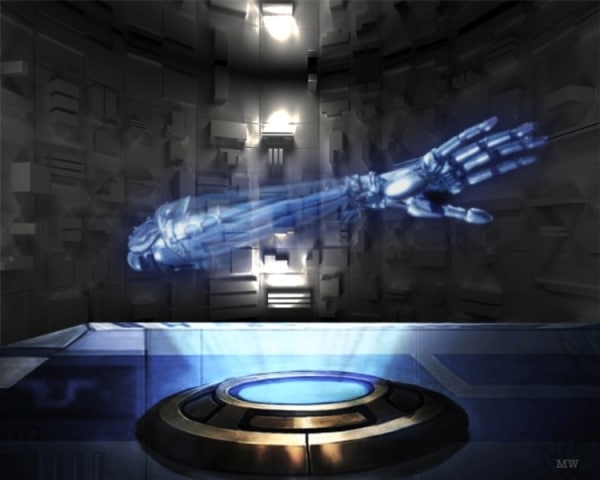Microsoft holographic computer, which allows users to work and design in a virtual 3D space. NASA even has plans to control rovers with it, starting July 2015. Watch Intel's Wild Holographic. The Holographic Remoting Player is a companion app that connects to PC apps and games that support Holographic Remoting. Holographic Remoting streams holographic content from a PC to your Microsoft HoloLens in real-time, using a Wi-Fi connection. HipWallpaper is considered to be one of the most powerful curated wallpaper community online. We choose the most relevant backgrounds for different devices: desktop, tablet, iPhone 8, iPhone 8 Plus, iPhone X, Sasmsung Galaxy, etc. Feel free to send us your 'Holographic Wallpaper', we will select the best ones and publish them on this page.
IDF16 First, it scrapped the classic Start Menu and gave us Tiles.
Now Microsoft has confirmed it really is working on yet another radical user interface update – one that will allow you to use your desktop Windows 10 PC with virtual reality headsets.
The feature, due to arrive next year, is dubbed the Windows Holographic Shell. It is designed to work on any normal PC, not just high-end graphics rigs; the emphasis is on the fact that anyone with a half decent machine can use the new UI.
The Holographic Shell will run and present universal and so-called mixed reality apps in a multitasking 3D space in a connected VR headset. It doesn't matter if applications have classic 2D interfaces or new 3D controls: they'll be thrown together into a realtime-rendered make-believe world around the user like some kind of 1997 Silicon Graphics Inc tech demo.
When you wear your 'six degrees of freedom' headset, you can manipulate the 3D desktop using a Wii-like remote control, basically pointing at dialog boxes and icons hovering in the air and clicking on them rather than moving a mouse pointer on a 2D screen.
Here's what Microsoft reckons Windows Holographic will look like on a modest Intel NUC box, running at 90 frames per second:
For reference, NUCs sport Intel's 5th or 6th generation Core processors and its Iris graphics chipset.
Confirmation of the Holographic Shell emerged at this year's Intel Developer Forum in San Francisco today. It comes after Microsoft started slinging its HoloLens gear at more and more people this month, and mentioned virtual reality coming to mainstream Windows 10 editions in June.
Meanwhile, Microsoft is working on formalizing a specification with Intel for interfacing PCs with head-mounted displays, allowing hardware makers to build headsets and computers that are compatible with Intel's chipsets and Microsoft's software. The spec is due to be published by the end of the year.
'Our shared goal is to enable our hardware partners to build a broad range of devices for the mainstream consumer and business markets,' said Windows exec veep Terry Myerson on Tuesday.
'We are working with several partners on the spec today, and plan to publicly release v1 of the spec at the Windows Hardware Engineering Community (WinHEC) conference in Shenzhen in December.'
Microsoft's move into virtual reality desktops is a bold one; the software giant was caught out by the sudden rise of touchscreen tablets and smartphones, and doesn't want to be late to this party. For one thing, Redmond is using its massive install base of Windows desktop devices to push mixed reality workspaces to people at work and at home.

'I believe Microsoft has taken the industry lead in augmented reality and mixed reality with its own head-mounted display HoloLens, mixed reality operating system and partner ecosystem,' tech industry analyst Patrick Moorhead told The Register during IDF.
Analog.holographic.desktop
'This was a refreshing change for Microsoft who entered the smartphone space late. Microsoft and Intel working together on mixed reality is a very positive sign and historically, more has been accomplished with the two working together than against each other.

Holographic Wallpaper
'Intel and Microsoft were not aligned in smartphones or tablets and the result was negative for both. The result of this alignment will mean that there will be literally hundreds of millions of mixed reality end points with users’ interaction over augmented and virtual reality, mobile and stationary.' ®
Holographic Desktop Background
